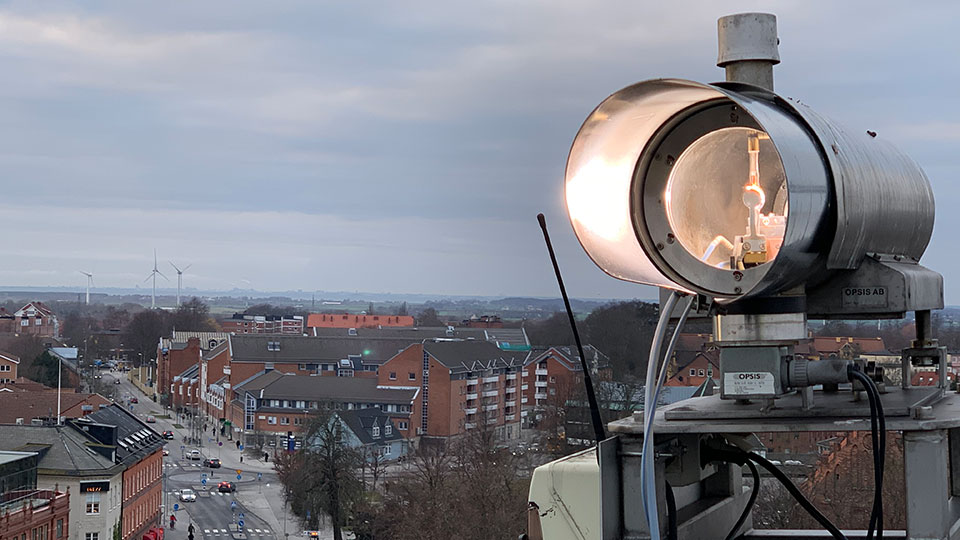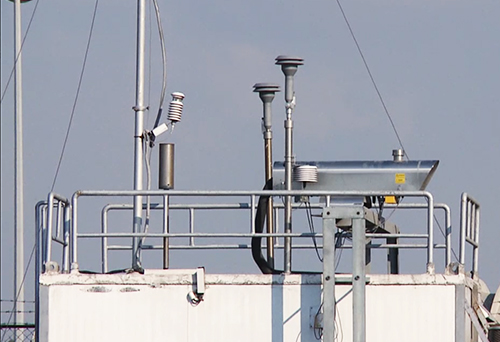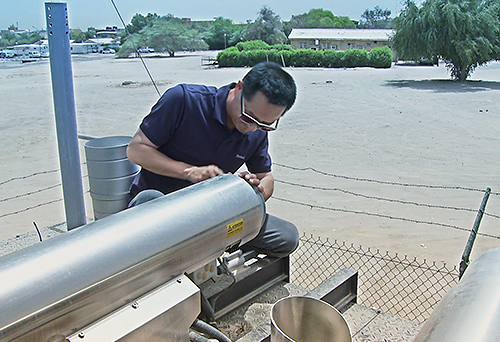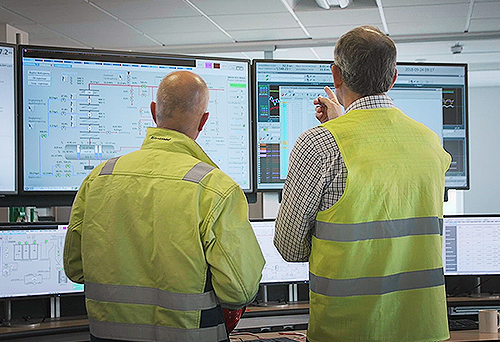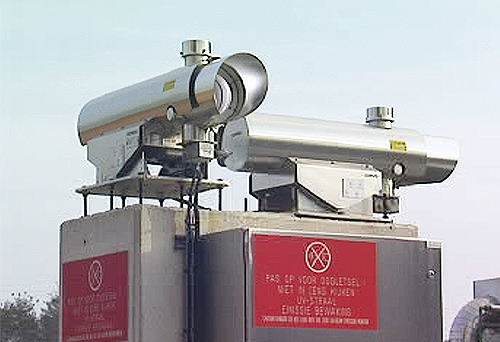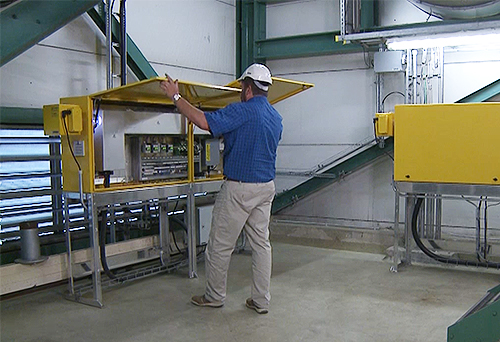Monitoring the ambient air in urban areas
There can be several purposes for monitoring the air quality in an urban area. If the aim is to assess what the residents are exposed to in the worst case, a so-called street-level monitoring is carried out. If the aim is to monitor the general levels of air pollution and follow up long-term trends, you should instead monitor further away from the busiest roads, for example at roof level.
A CERTIFIED MONITORING SYSTEM WITH HIGH AVAILABILITY
Monitoring the general quality of ambient air is a challenge. The monitoring location must be representative and not dependent on, for example, short-term changes in local traffic. A variety of gas components may need to be monitored with high accuracy and high availability.
OPSIS DOAS systems offer cost-effective gas analysis with high data availability, fast response time, and long maintenance intervals. The system is based on the non-contact UV-DOAS and FTIR-DOAS methods where the monitoring takes place along one or more open light paths. The light is captured and led through an optical fibre to the analyser where the gas concentrations are calculated.
OPSIS also offers instruments for monitoring particulate concentrations and the composition of the particles.
An OPSIS system can monitor a variety of parameters such as nitric oxide (NO), nitrogen dioxide (NO2), sulfur dioxide (SO2), ozone (O3), benzene, toluene, xylenes, formaldehyde, and ammonia (NH3), as well as PM10 and PM2.5.
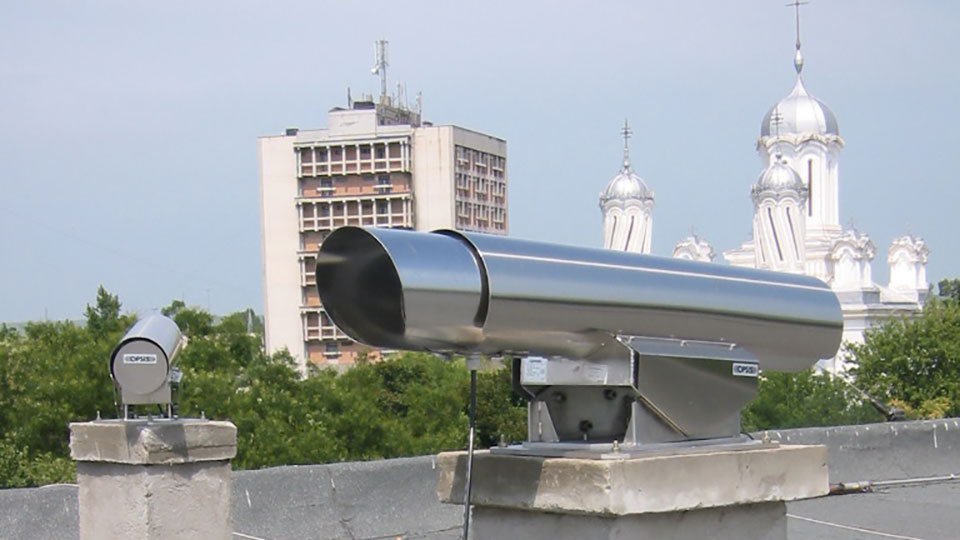
GAS ANALYSIS WITH OPSIS
There are multiple reasons for choosing OPSIS as supplier of systems for gas analysis. Among the key benefits of the methods and solutions offered by OPSIS are:
- high data availability
- cost-effective, non-contact technology with open monitoring path
- representative data
- direct monitoring of NO2
- gas calibration only once a year
- low energy consumption
- long maintenance interval
- certified by German TÜV, U.S. EPA, and others.
